By Leslie Fischer

If curb appeal is king when it comes to selling your house, the right landscaping is queen. While trees are one of the best features of a landscape, it’s easy to bark up the wrong one when designing your yard. When it comes to choosing trees for your home landscape, there are some big winners and equally big losers. Planting the right trees in the right places can add value to your property, but planting the wrong trees can be a detriment. Read on for a guide to the five best and five worst trees for your home landscaping.
The Best
Here are some of the tidiest, most user-friendly trees out there. But, remember: Even the most well-behaved tree can be problematic if placed in the wrong spot. Take your time and consider which trees you should plant and where you should place them.
1. Arborvitae
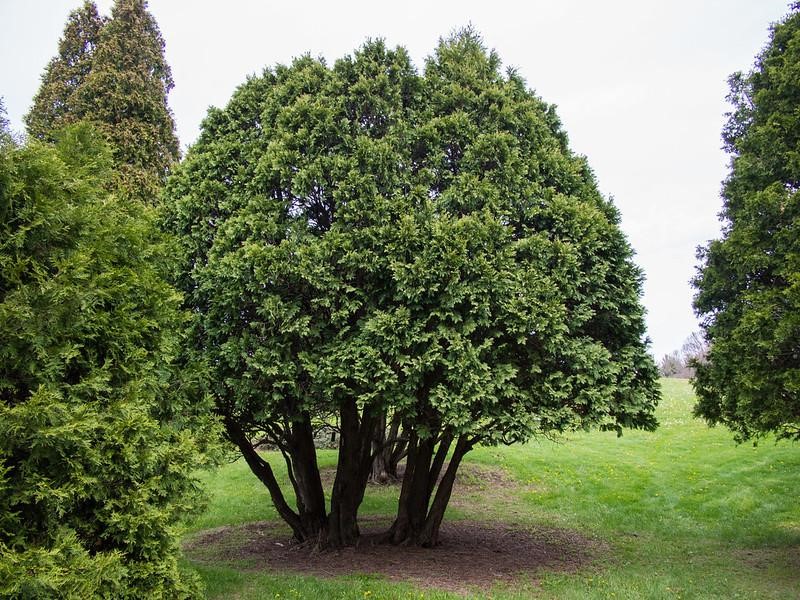
When it comes to privacy screening, there’s no better evergreen than arborvitae. The “Green Giant” variety stands out for its hardiness and rapid growth. Its natural conical shape is sculptural and adds visual interest. Even better? You can also prune this tree into a picture-perfect hedgerow.
USDA Hardiness zones: 2-7, but some varieties can stand the heat of zones 8 and 9.
2. Dogwoods

This entire family of trees is a winner for residential properties. Dogwoods come in a wide array of sizes and shapes, but they’re all ornamental trees and top out at under 20 feet tall. They’re great for all areas of your yard, and are even great by pools. With fragrant blossoms in the spring and crimson foliage in the fall, it’s hard to go wrong with a dogwood.
USDA Hardiness Zones: 5-9
3. Eastern Redbud
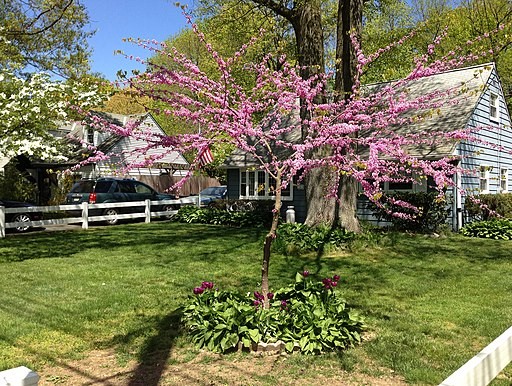
Bursting into brilliant purplish-pink blooms in the early spring, the elegant eastern redbud is a welcome sight in any yard. Growing to a height of 20 to 30 feet with an equal spread, the shiny heart-shaped leaves and exquisite branching pattern add appeal all year long.
USDA Hardiness Zones: 4-8
4. Saucer Magnolia
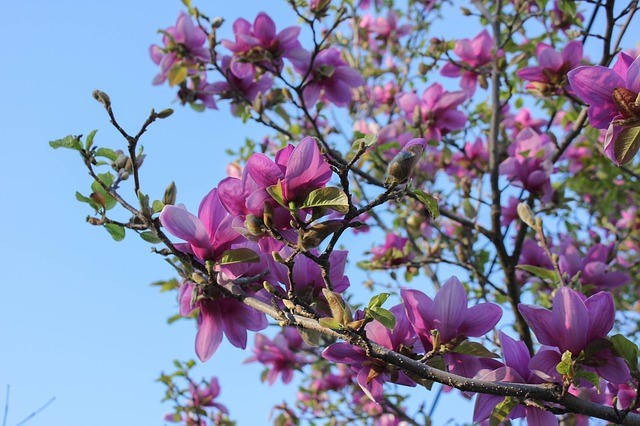
Topping out at 20 to 30 feet, saucer magnolias erupt into breathtaking displays of pinkish-purple flowers in the spring. Despite the dramatic floral display, the saucer magnolia is not a terribly messy tree in any season. It’s hard to imagine regretting planting one of these trees in your yard.
USDA Hardiness Zones: 4-9
5. Sugar Maple
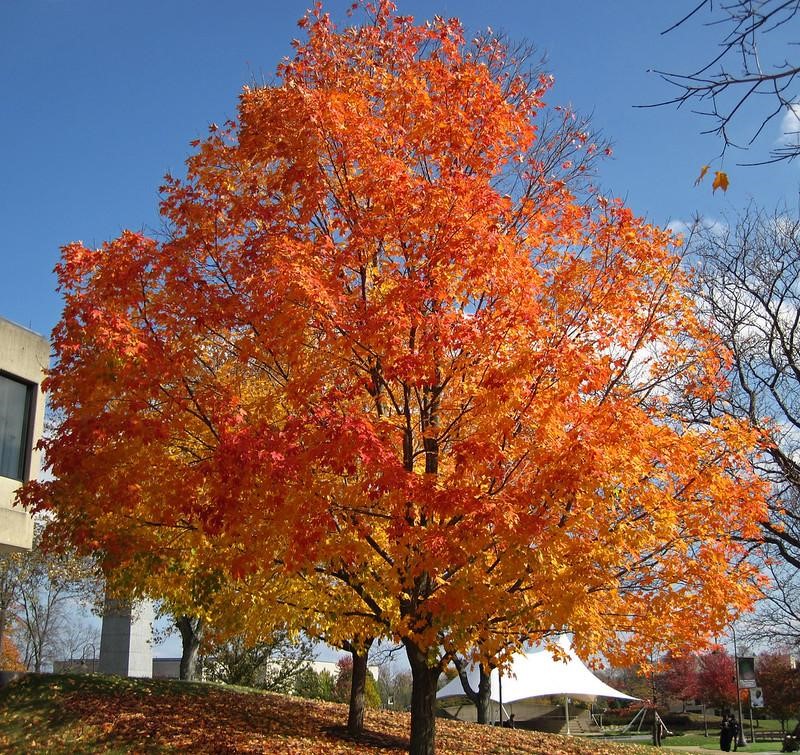
An ideal canopy tree, sugar maples grow to a mature height of 60 to 70 feet. The shapely trees add autumn interest with their fiery foliage. While the leaves make a bit of a mess when they fall, they’re well worth the time spent raking.
USDA Hardiness Zones: 3-8a
The Worst
The qualities that attract us to trees in the first place can also make us grow to hate them. Some fast-growing trees tend to have weak wood and are prone to break. Lush canopies with huge leaves can be a serious nuisance when they drop their leaves in fall. We won’t add the hardiness zone data for these undesirables.
6. Bradford Pear
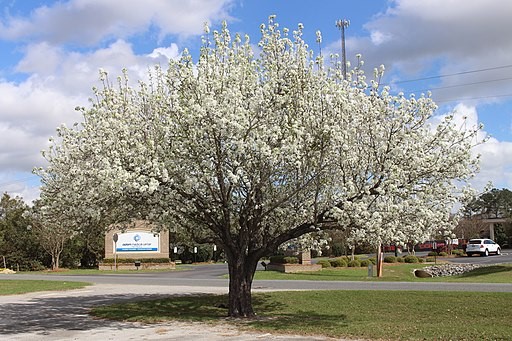
Extremely popular in the 1960s, Bradford pears are pyramid-shaped and have lovely leaves that blush red in the fall. But it has two fatal flaws. First, it is weak-wooded and prone to breaking in storms and strong winds. Adding insult to injury, the spring blooms of this ornamental tree are foul-smelling and messy.
7. Cottonwood
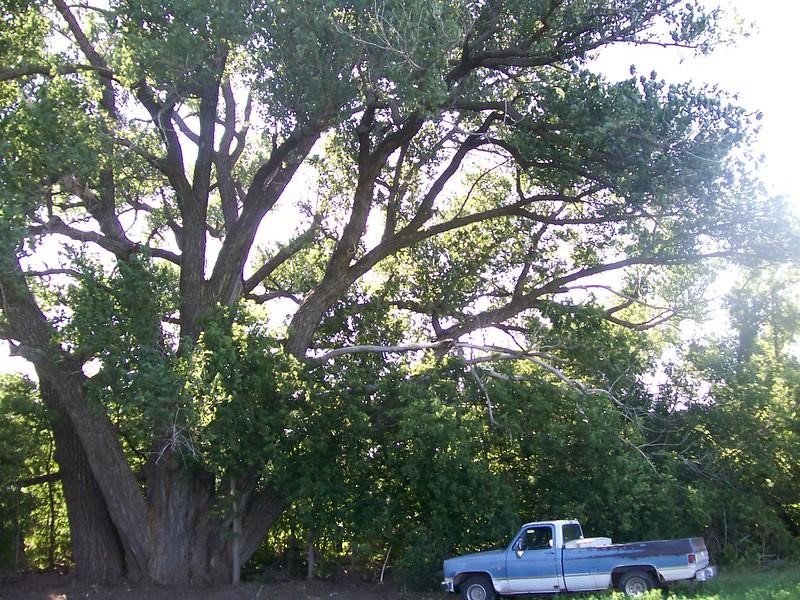
Fast-growing and beautiful, it’s easy to see the appeal of cottonwood trees. But, like many fast-growing trees, the wood of this giant is brittle and it has a shallow, fragile root system. These characteristics, combined with their towering, umbrella-like canopies and large leaves, means large storms can topple these trees or shear off limbs, seriously damaging structures and vehicles below.
8. Female Ginkgo Biloba Trees
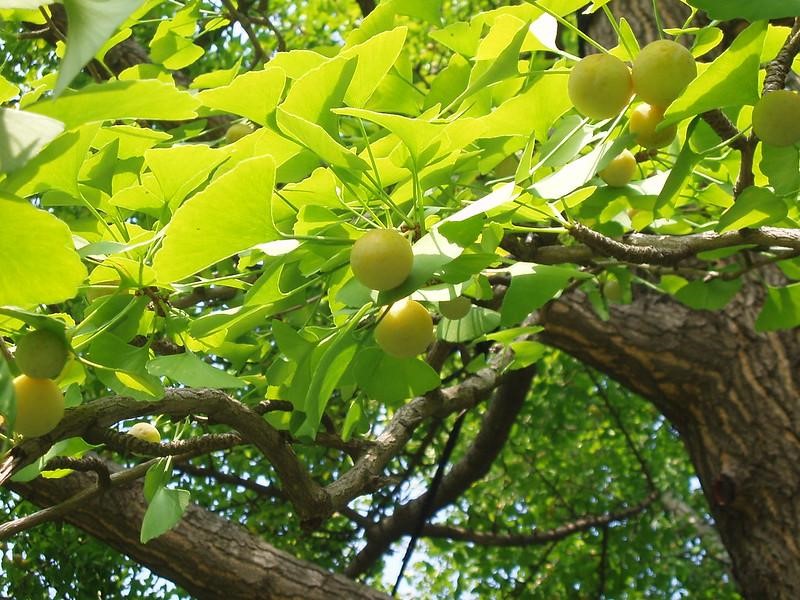
In a bizarre role reversal, male gingko bilobas are tidy and elegant, causing no trouble for homeowners. Female ginkgo trees, on the other hand, produce apricot-hued fruits that are so rank-smelling, even the birds won’t eat them. Wherever you see female ginkgo trees, expect to see passersby checking the soles of their shoes to see what they stepped in.
9. Silver Maple
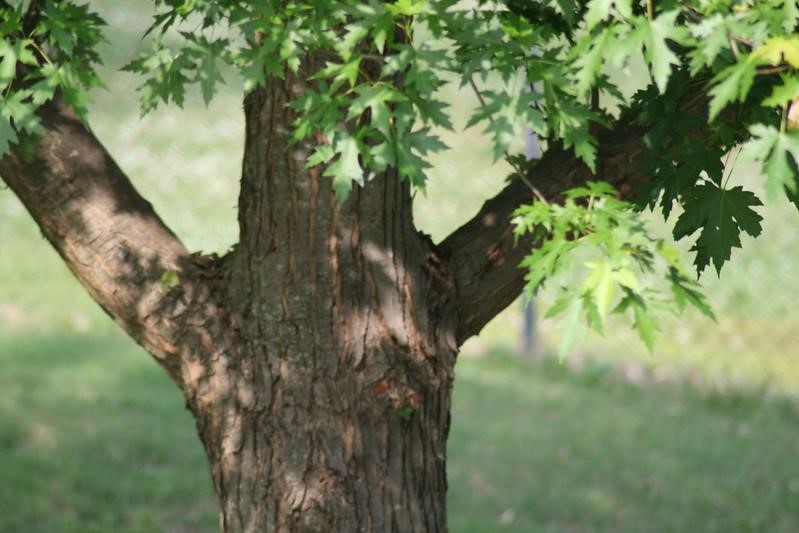
This striking and majestic tree offers deep shade in summer and grows quickly to fill the space where it’s planted. It can reach heights of more than 100 feet. In addition to being extraordinarily messy in the fall, this colossal tree has weak, brittle wood. When the towering silver maple isn’t threatening to damage objects below with falling branches, it’s powerful roots are wreaking havoc on sidewalks, driveways, and sewer lines.
10. Sweetgum

Sweetgum trees are unmistakeably lovely, with their star-shaped leaves and stately stature. But their namesake, the “gumball” seedpods make an incredible mess every fall. And when it’s time to rake up the profusion of golden leaves you loved only weeks before, you’ll find yourself cursing the day you planted this tree.
Trees can add unmatched curb appeal and value to your home, but make sure you choose the best species and plant them in places that make the most sense. Keep deep-rooted trees away from sewer lines and septic systems. Plant the ones with weaker branches away from your house or shed. If you plan your tree planting, your property can benefit from them for decades to come.
Leslie Fischer describes herself as a “slow-motion vagabond.” She finds a place she wants to live, buys a fixer-upper, flips it, and gets out the atlas again. She writes about real estate and DIY issues.
